Written with Peter Marren’s usual wit and insight, Emperors, Admirals & Chimney Sweepers takes you on a journey back to a time before the arts and science were divided. When entomologists were also poets and painters, and when a gift for vivid language went hand-in-hand with a deep pre-Darwinian fascination for the emerging natural world.
Peter took the time to answer some of our questions about his new book and the origin of butterfly and moth names.
Tell us a little about your background and how you got interested in the etymology of species names?
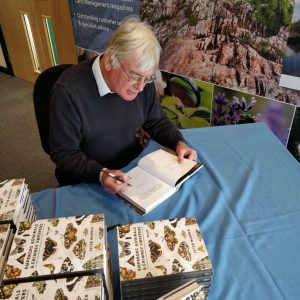 I’m a natural history writer (in the sense that I’ve written a lot about natural history) with a background in nature conservation in Britain. I’ve loved butterflies and moths since boyhood, and I suppose I must have realised even then that many of them have unusual names. What the hell was an eggar? Or a lutestring? Probably like most people I didn’t think too much about it – weren’t names just labels? – until, out of curiosity, I went into the name of the Red Admiral, Vanessa atalanta, and discovered a real Vanessa and a real Atalanta. And then I realised that even Latin names weren’t randomly chosen but had a particular resonance with that particular species. Names hid a whole new world of allusion, poetry and wordplay. I discovered that those who named our Lepidoptera, in English and Latin, were equally educated in the arts and the sciences. They knew their myths, and they knew about colours and designs, and they were completely fascinated. I feel a strange empathy with that vanished world.
I’m a natural history writer (in the sense that I’ve written a lot about natural history) with a background in nature conservation in Britain. I’ve loved butterflies and moths since boyhood, and I suppose I must have realised even then that many of them have unusual names. What the hell was an eggar? Or a lutestring? Probably like most people I didn’t think too much about it – weren’t names just labels? – until, out of curiosity, I went into the name of the Red Admiral, Vanessa atalanta, and discovered a real Vanessa and a real Atalanta. And then I realised that even Latin names weren’t randomly chosen but had a particular resonance with that particular species. Names hid a whole new world of allusion, poetry and wordplay. I discovered that those who named our Lepidoptera, in English and Latin, were equally educated in the arts and the sciences. They knew their myths, and they knew about colours and designs, and they were completely fascinated. I feel a strange empathy with that vanished world.
What was the original inspiration behind Emperors, Admirals & Chimney Sweepers?
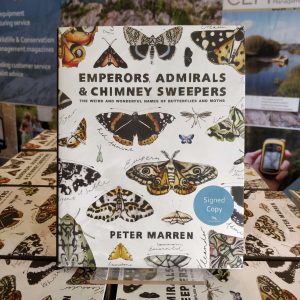 It started as a kind of sequel to my book Rainbow Dust, about how and why butterflies and moths inspire people. Names were confined to a single chapter in that book, but there was so much more to say, not only about the names themselves but the social ambience that spawned them: the world of Georgian London with its clubs and field excursions, its gorgeous illustrated books and the sense that nature was all the more wonderful for being 1) divinely inspired and 2) almost completely unknown.
It started as a kind of sequel to my book Rainbow Dust, about how and why butterflies and moths inspire people. Names were confined to a single chapter in that book, but there was so much more to say, not only about the names themselves but the social ambience that spawned them: the world of Georgian London with its clubs and field excursions, its gorgeous illustrated books and the sense that nature was all the more wonderful for being 1) divinely inspired and 2) almost completely unknown.
The lightbulb moment came when I thought of dealing with names not as an entomologist might do, by families and related groups, but by themes: species named after animals, birds, moods, occupations, jewels and so on, all laid out alphabetically. I loved the fact that certain fine moths were named after weddings, focussing on bridal underwear worn in eighteenth century Sweden!
Emperor, Admiral and Chimney Sweeper are, of course, names of a butterfly and two moths.
If you could name a new species of moth or butterfly, how would you go about it?
Well, it ain’t a blank slate. There are written rules for scientific names and unwritten ones for common names. I’d love to call it Marren’s Glory but it would not be approved. I’d have to stick with the established vocabulary. So if it resembled, say, a wainscot moth, it would continue to be called that, distinguished by whatever word best caught its character. Overlooked Wainscot? Lenitive Wainscot? Look-alike Wainscot?
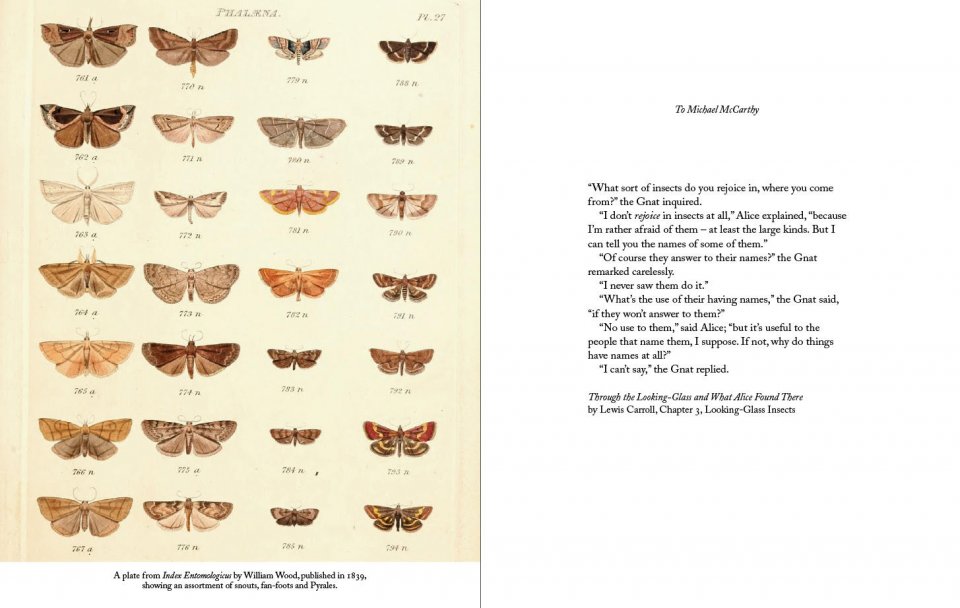
What would be your advice for any budding entomologist out there?
There’s more to the natural world than pure science. Keep your eyes, and your mind, open. And enjoy yourself. And don’t say, “Oh that’s a Lenitive Wainscot, a Schedule 7 species graded as Least Concern in the latest IUCN Red List.” Just the name will do.
What is your most memorable butterfly or moth name, and why?
There are lots, but let’s go with the poor little Narrow-bordered Bee Hawk-moth, whose Latin name, tityus, commemorates the most hideous giant in all mythology. The giant’s poor mum exploded at his birth and when full grown his body covered nine acres. What do they have in common? Well, the old name for hawk-moths was Sphinx, and the Sphinx was a monster. Ergo (Linnaeus thought), hawk-moths should be given monstrous names. And the bee hawk accidentally got the worst of them because of its place on the list, wedged between two other appalling creatures.
I quite like Zygaena, the name of the burnet moths which they share with the hammerhead shark. For reasons too convoluted to go into here (but it’s in the book).
Any new books/projects in the pipeline?
I will have to find another project for it’s in the DNA. I suspect it will involve nature and childhood. Trouble is, others are on to it.
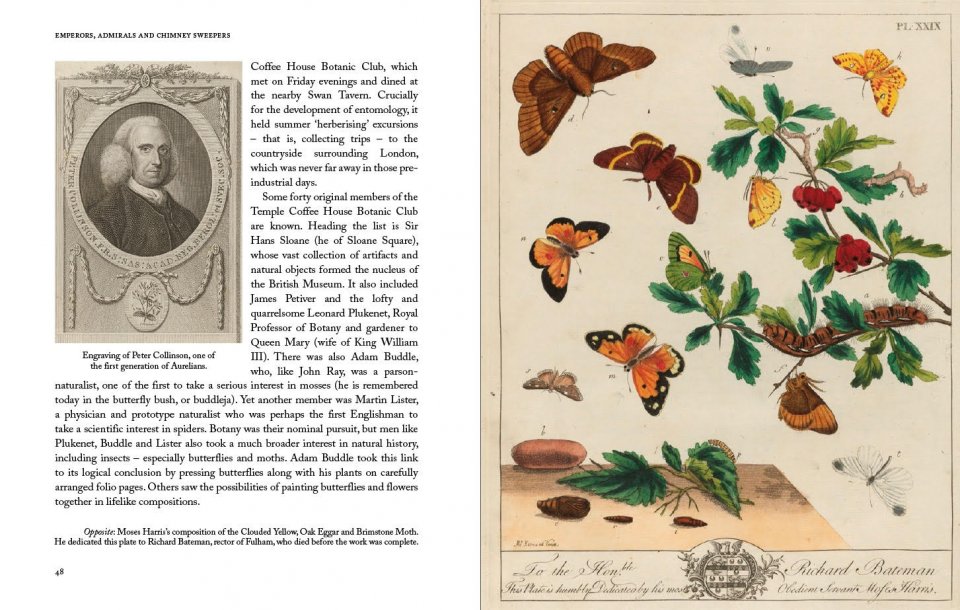
Peter writes frequently in as ‘Twitcher’ in the British Wildlife column ‘Twitcher in the Swamp’ and has had a string of successful publications including Chasing the Ghost (now in paperback), Rainbow Dust and the first volume in the British Wildlife Collection series. Click here for more books by Peter Marren.

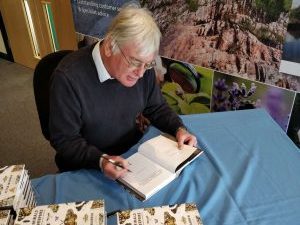
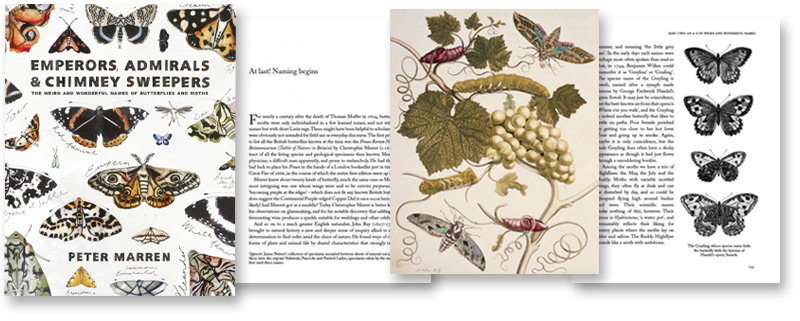
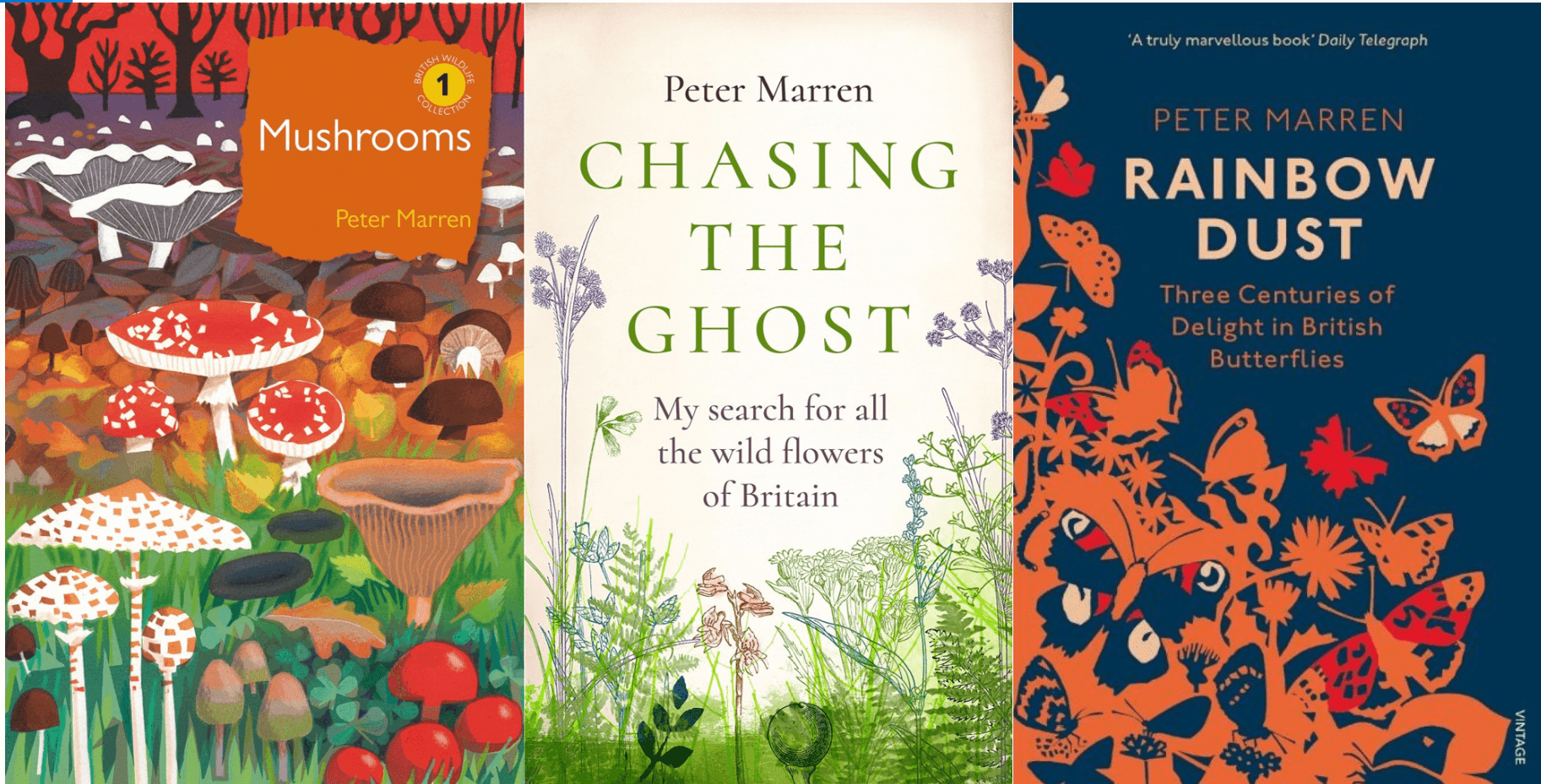
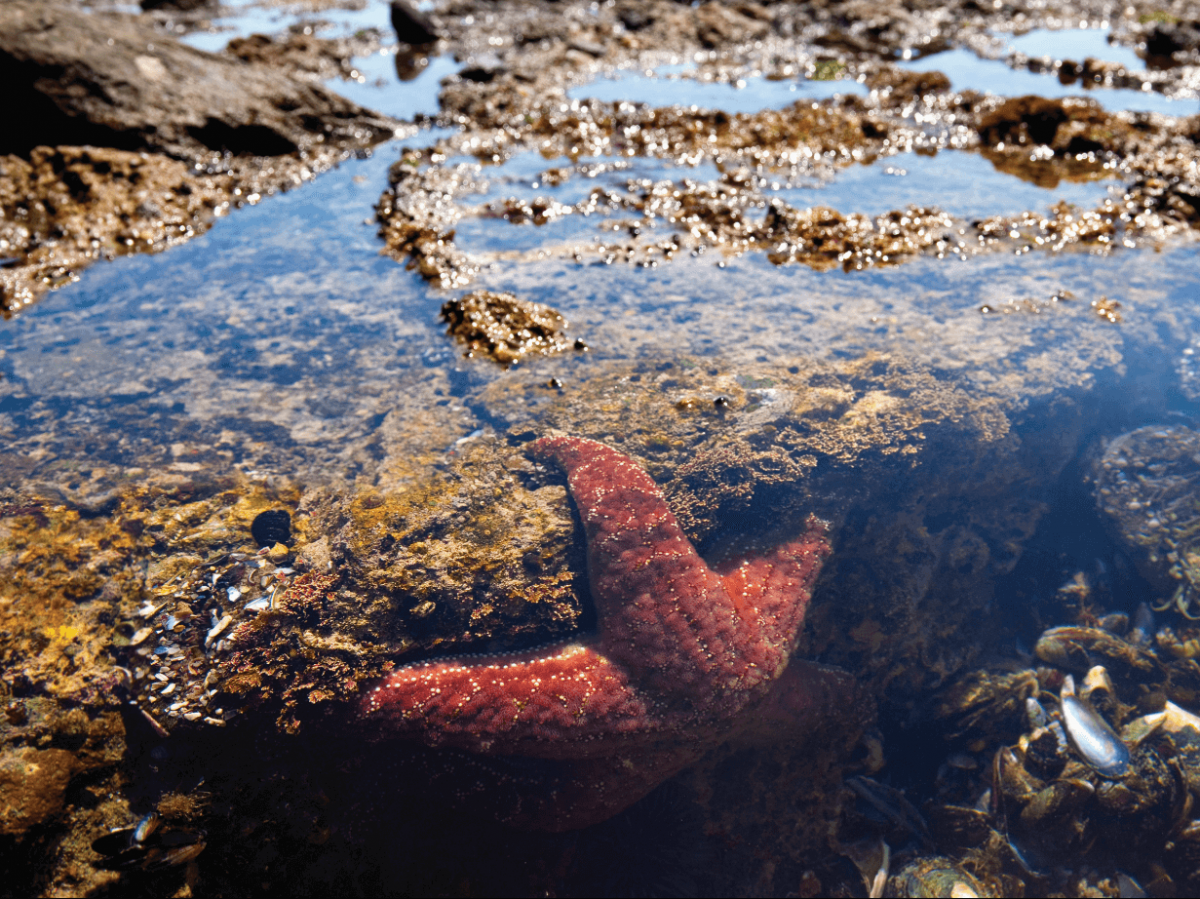
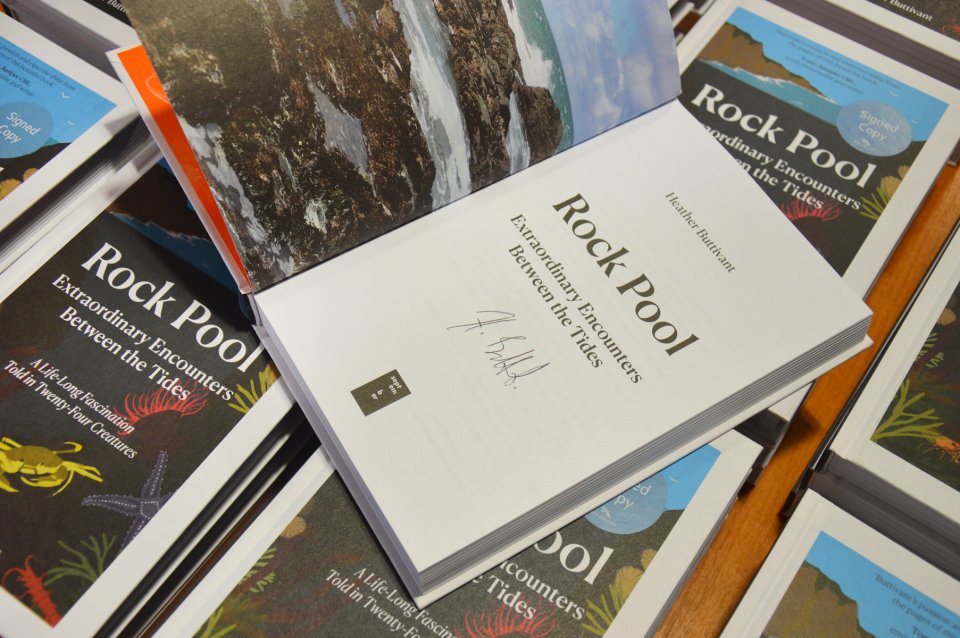
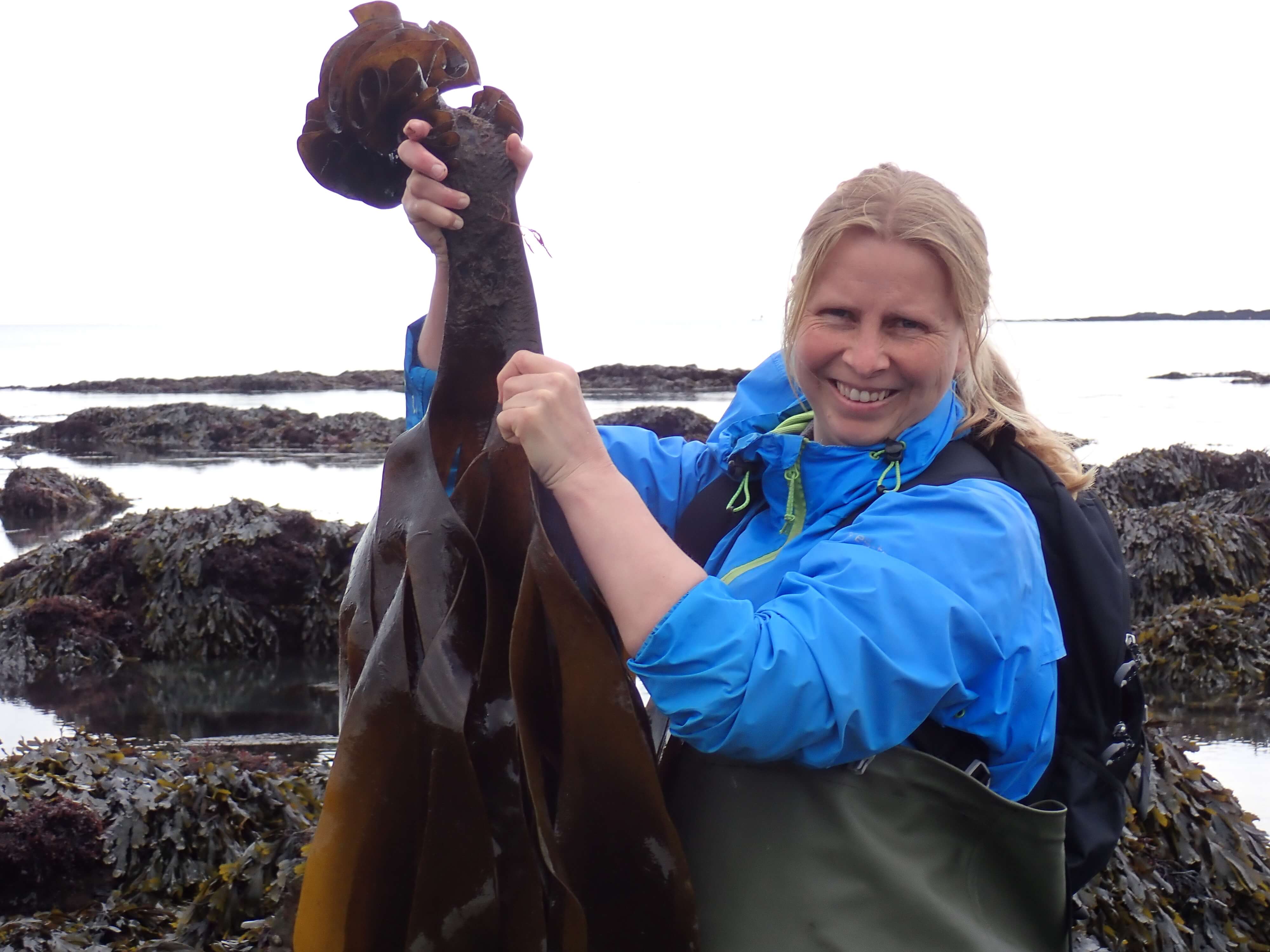 the variety of shapes and textures and the vibrant colours fascinated me. The longer I looked into rock pools, the further I was reeled in. It’s a passion I have no intention of out-growing: no matter how much I know, there is always more to learn.
the variety of shapes and textures and the vibrant colours fascinated me. The longer I looked into rock pools, the further I was reeled in. It’s a passion I have no intention of out-growing: no matter how much I know, there is always more to learn.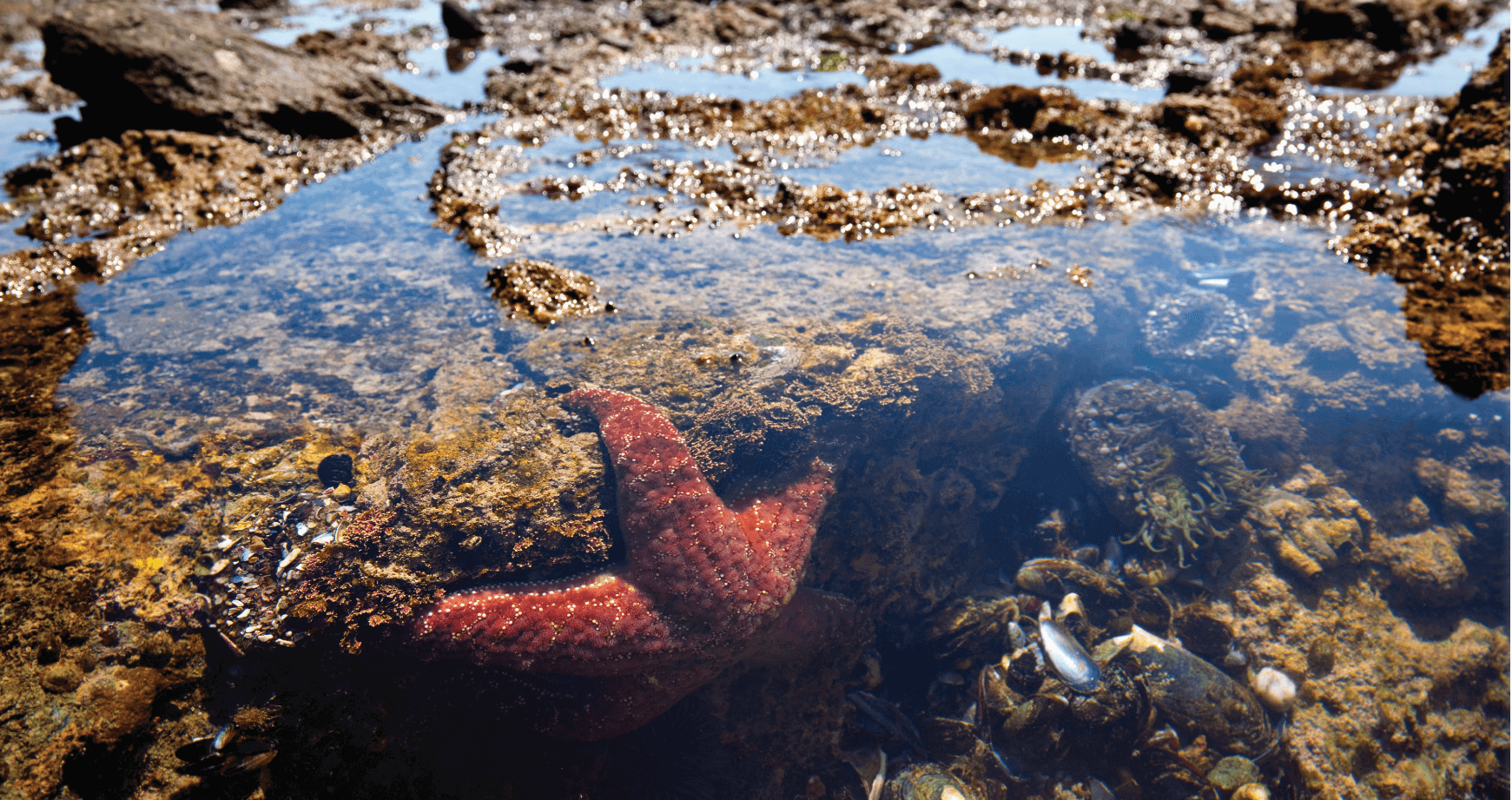
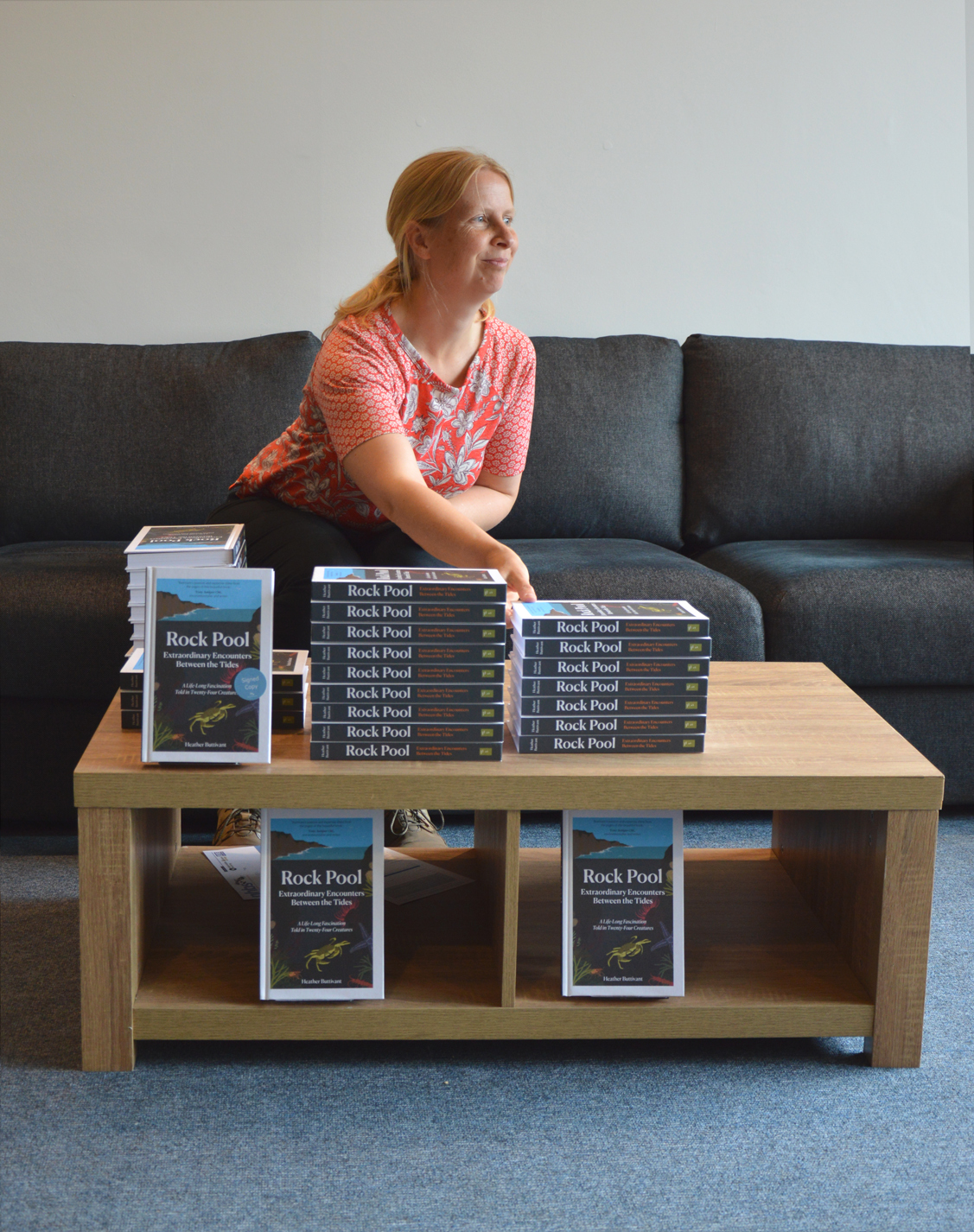
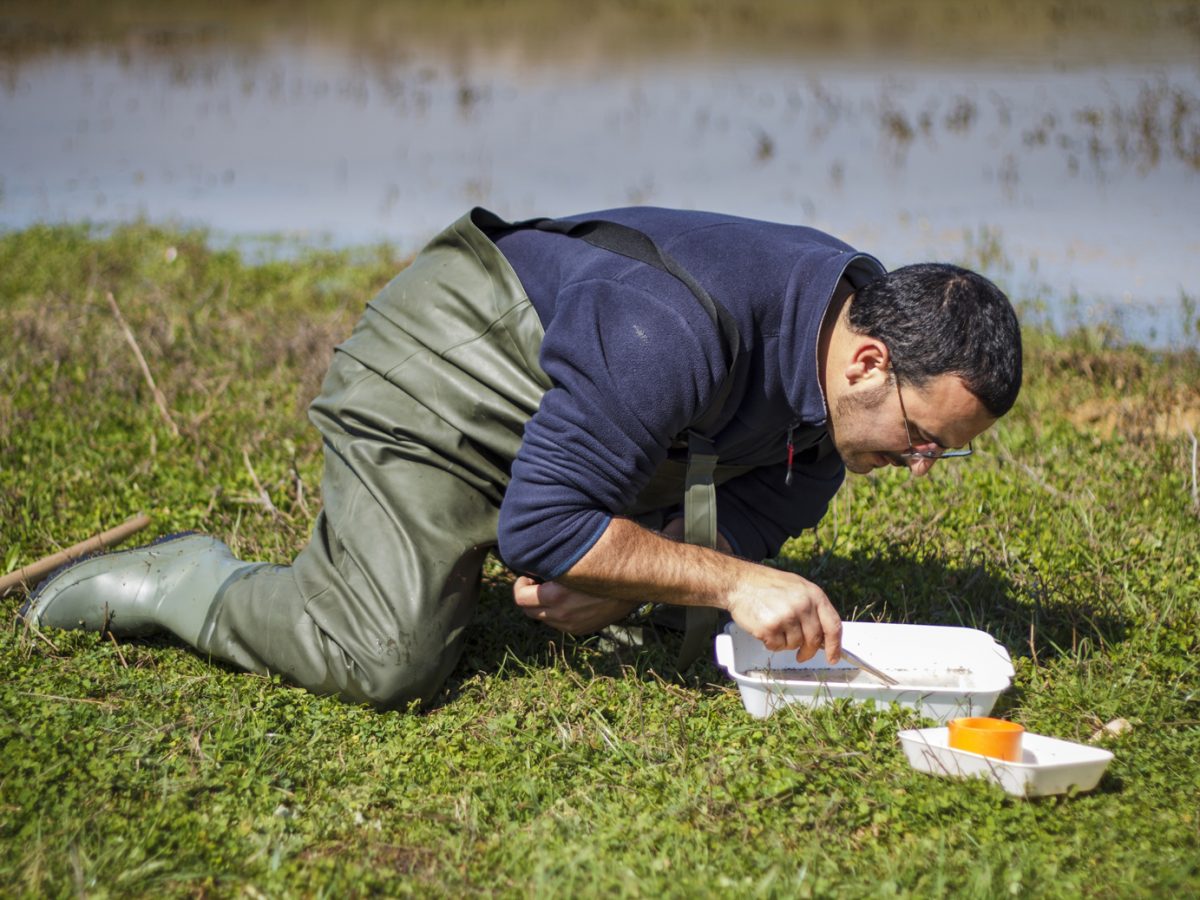
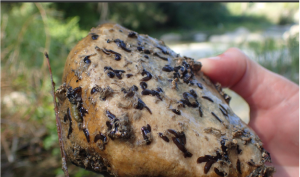
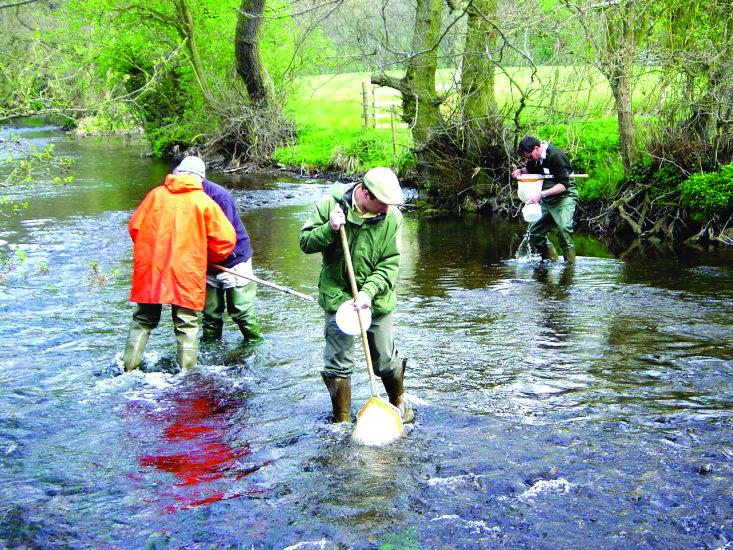
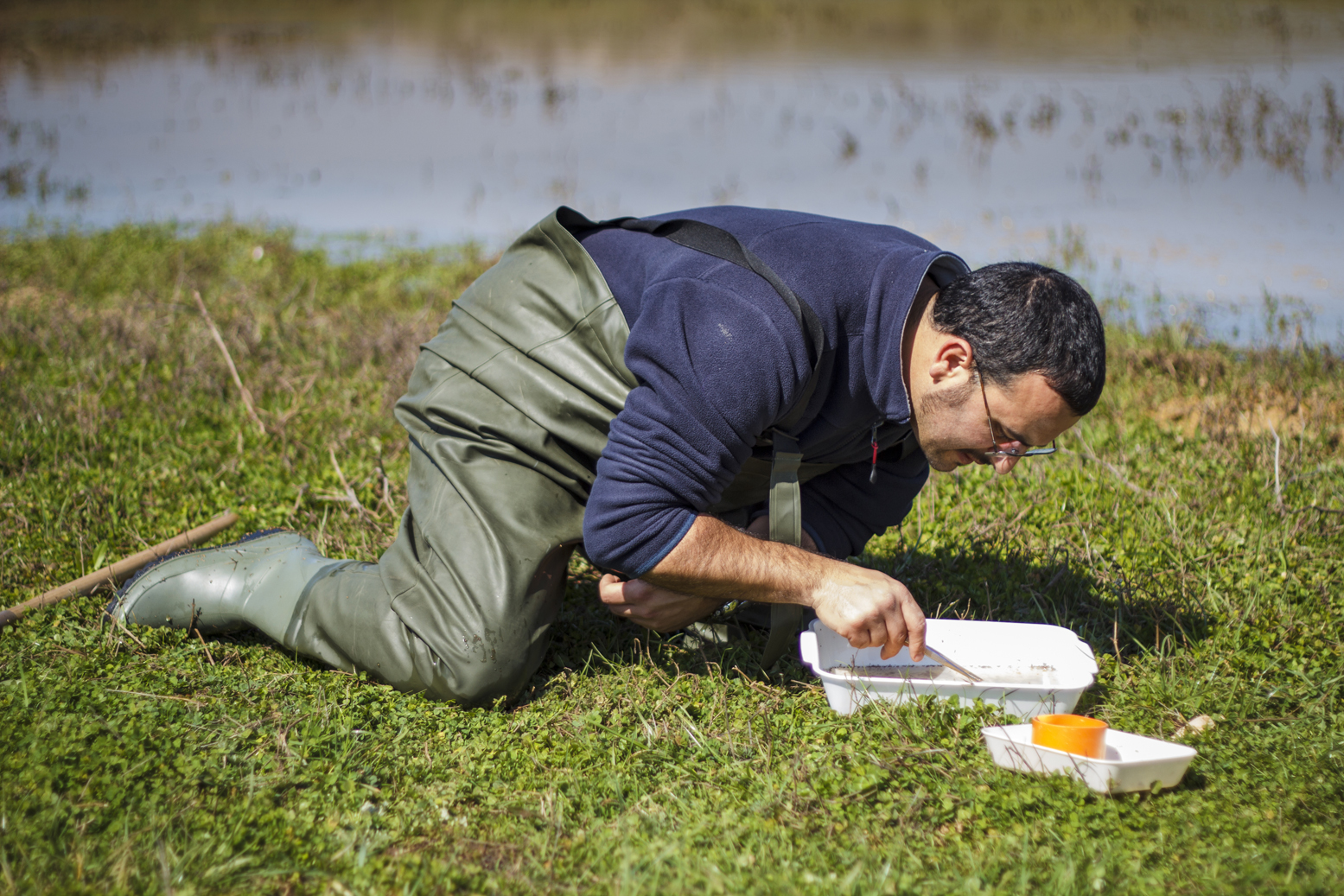
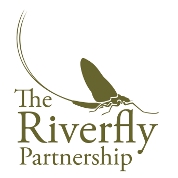
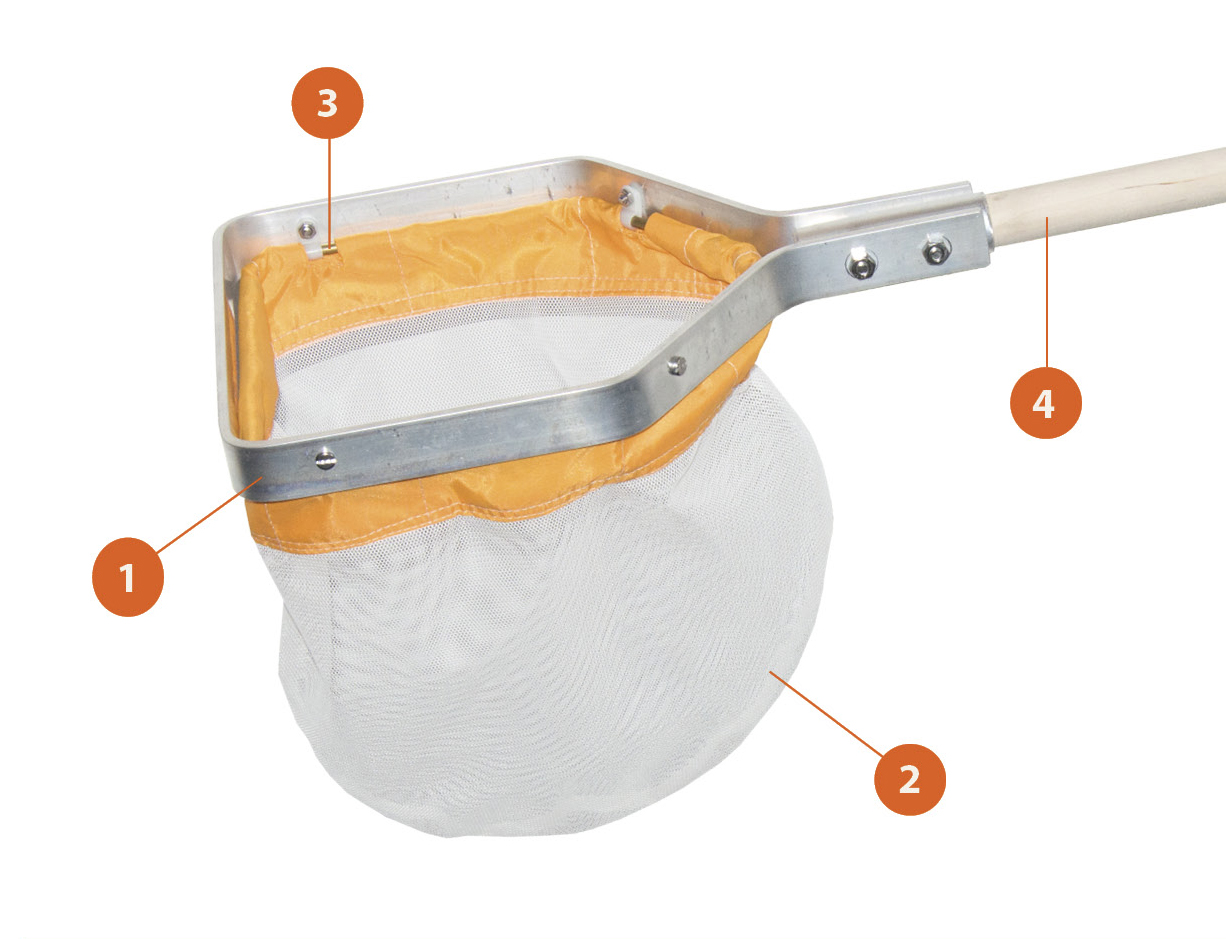
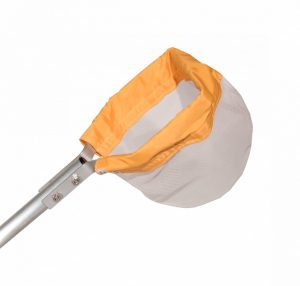
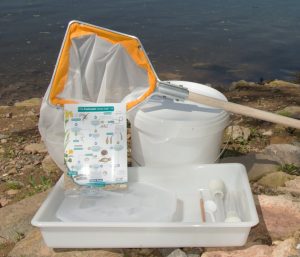
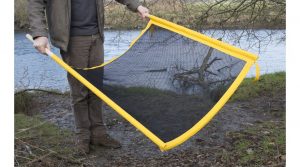

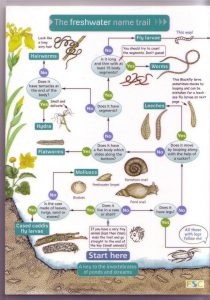
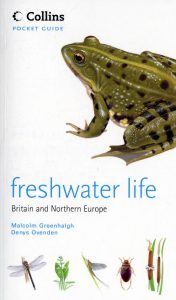


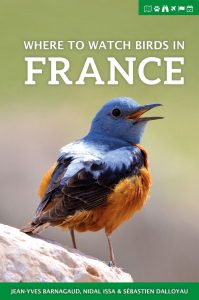
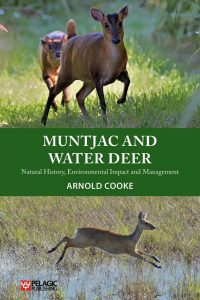
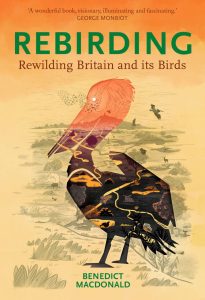
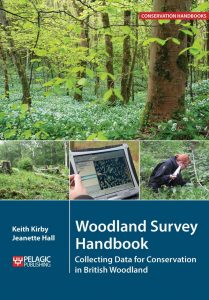
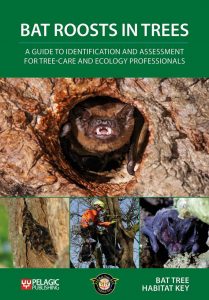
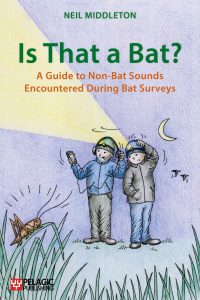
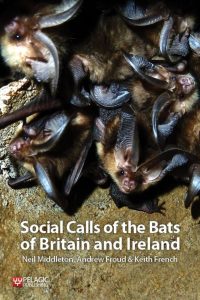
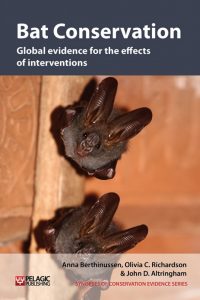
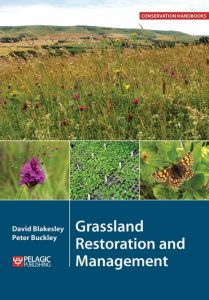
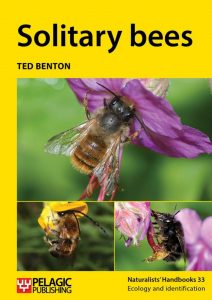
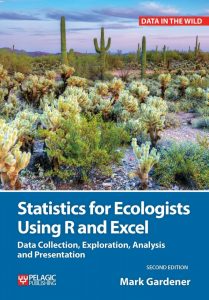
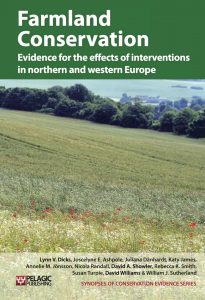
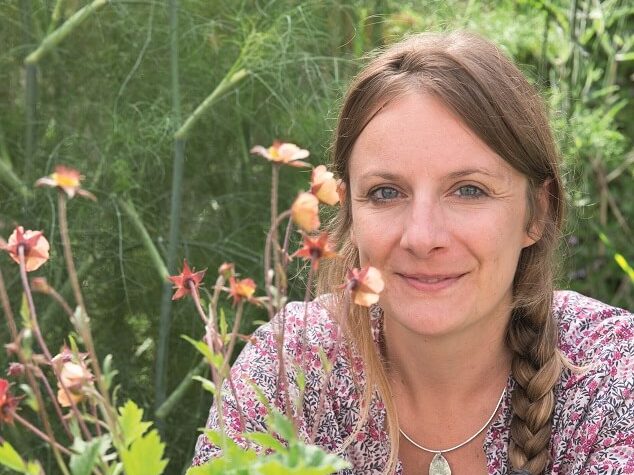
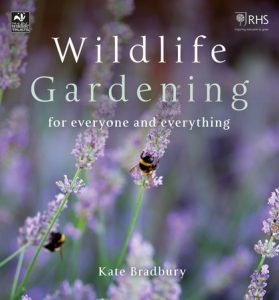
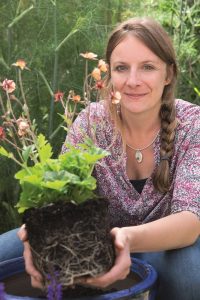
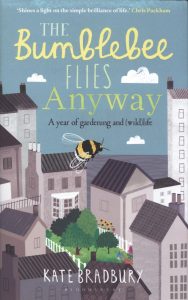
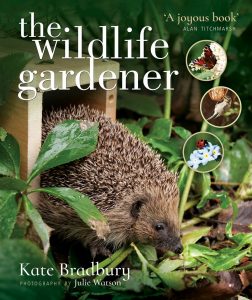
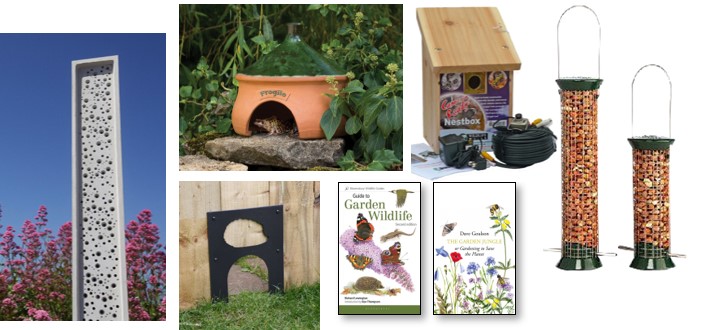

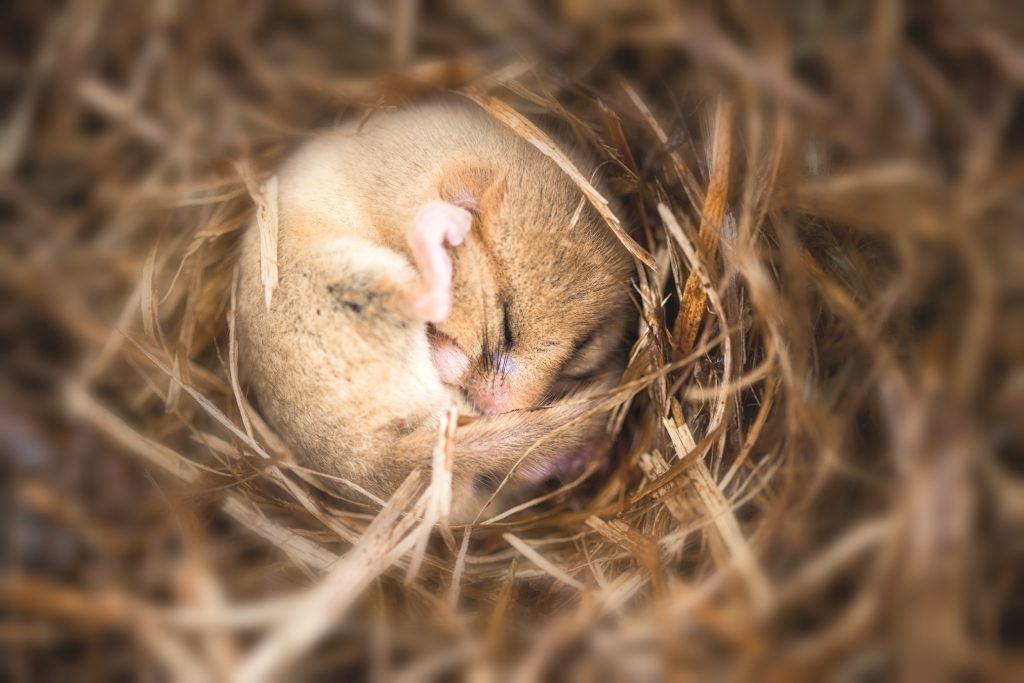
 Perhaps the simplest survey technique to determine dormouse presence is searching for the nest box residents.
Perhaps the simplest survey technique to determine dormouse presence is searching for the nest box residents. 
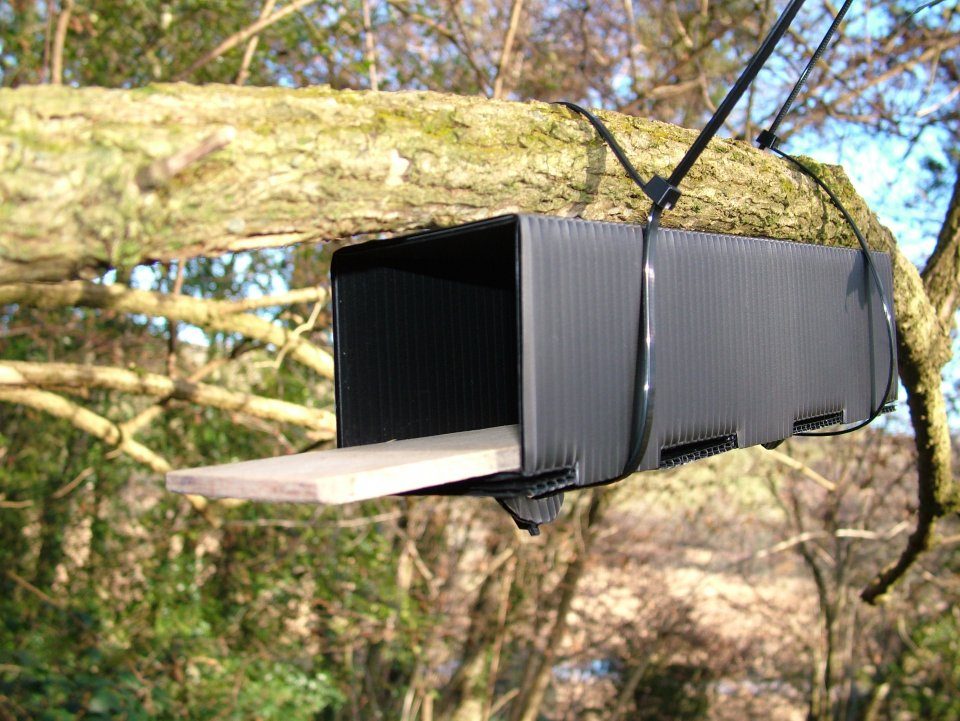
 It is a non-invasive survey technique, which does not require a licence as the chance of disturbing dormice is very low. The 40cm tube, houses a wooden platform which contains the charcoal ink and paper on which footprints are left. Compared with nest tube surveys, footprint tunnels can reduce the survey period required and provide an indication of the presence or likely absence of dormice at a site.
It is a non-invasive survey technique, which does not require a licence as the chance of disturbing dormice is very low. The 40cm tube, houses a wooden platform which contains the charcoal ink and paper on which footprints are left. Compared with nest tube surveys, footprint tunnels can reduce the survey period required and provide an indication of the presence or likely absence of dormice at a site.



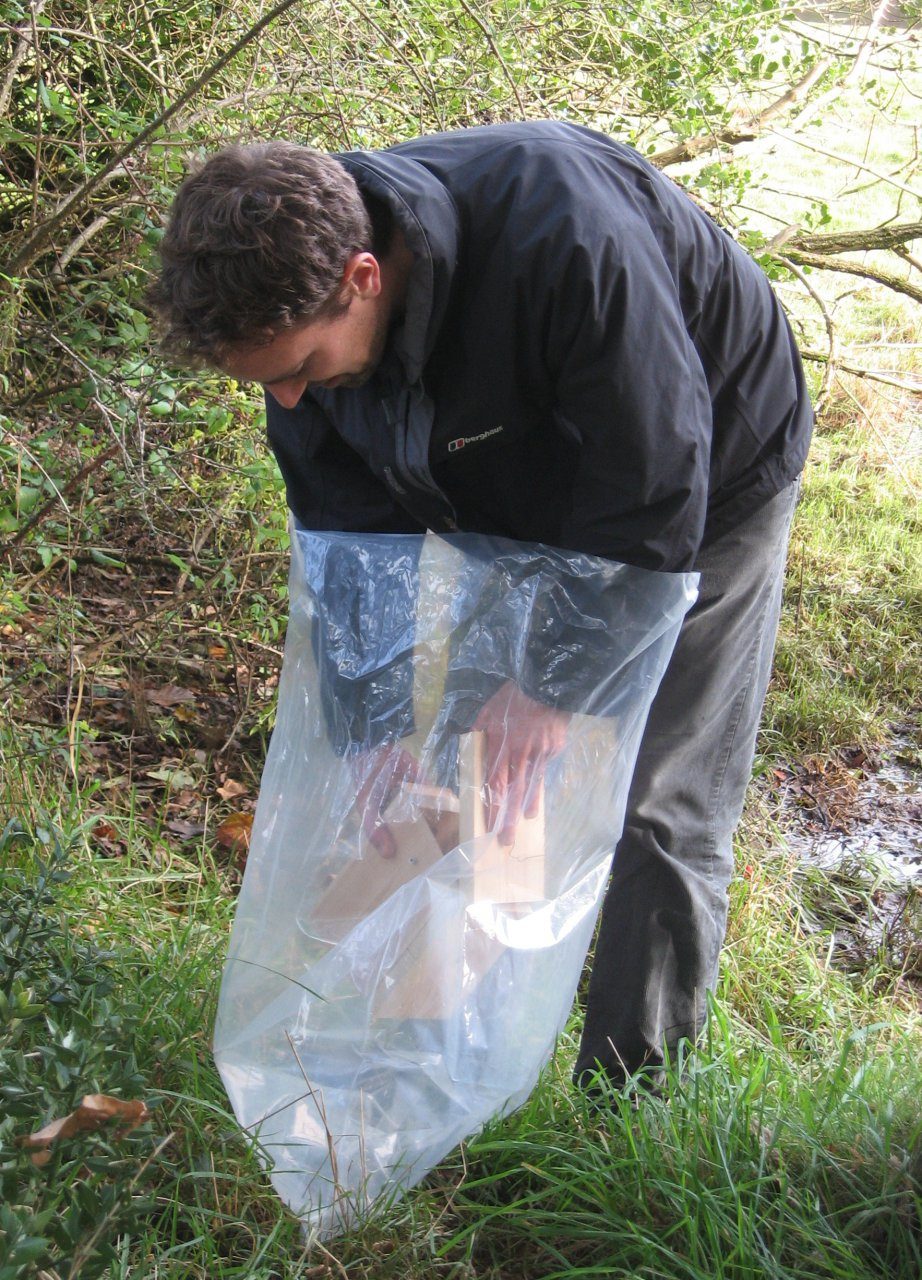


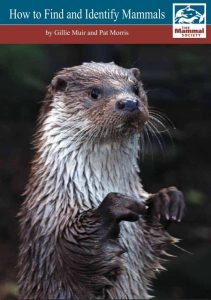
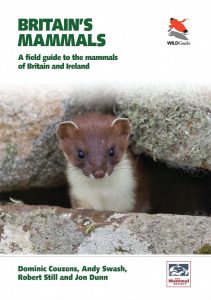

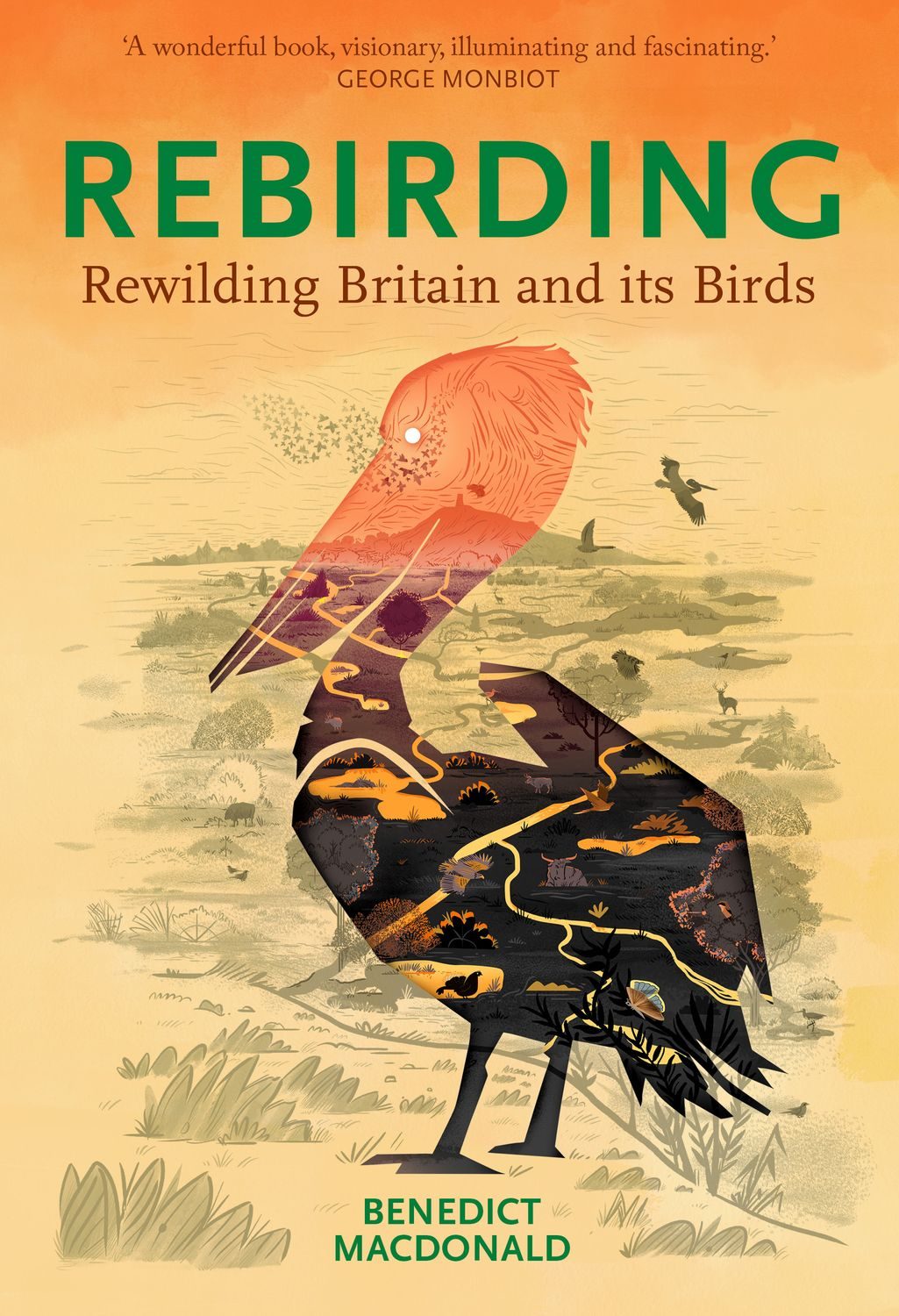

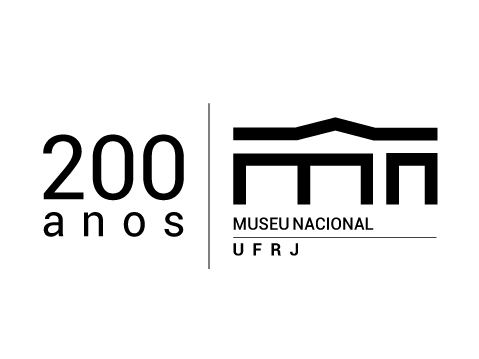

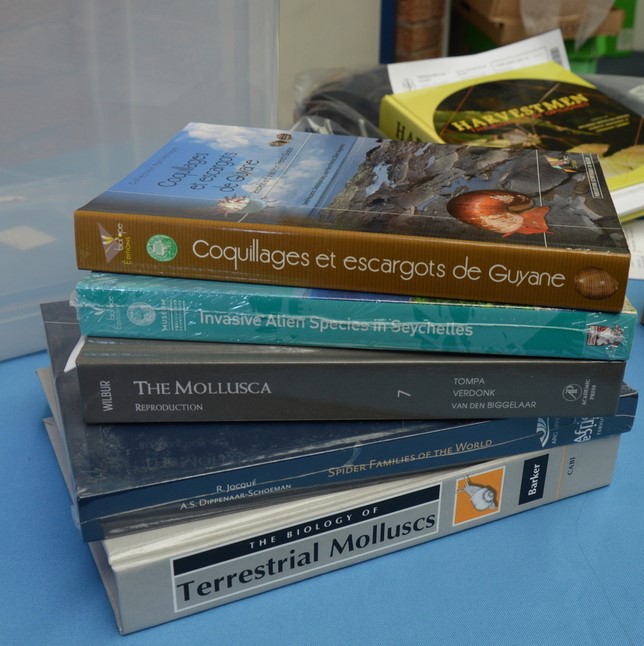
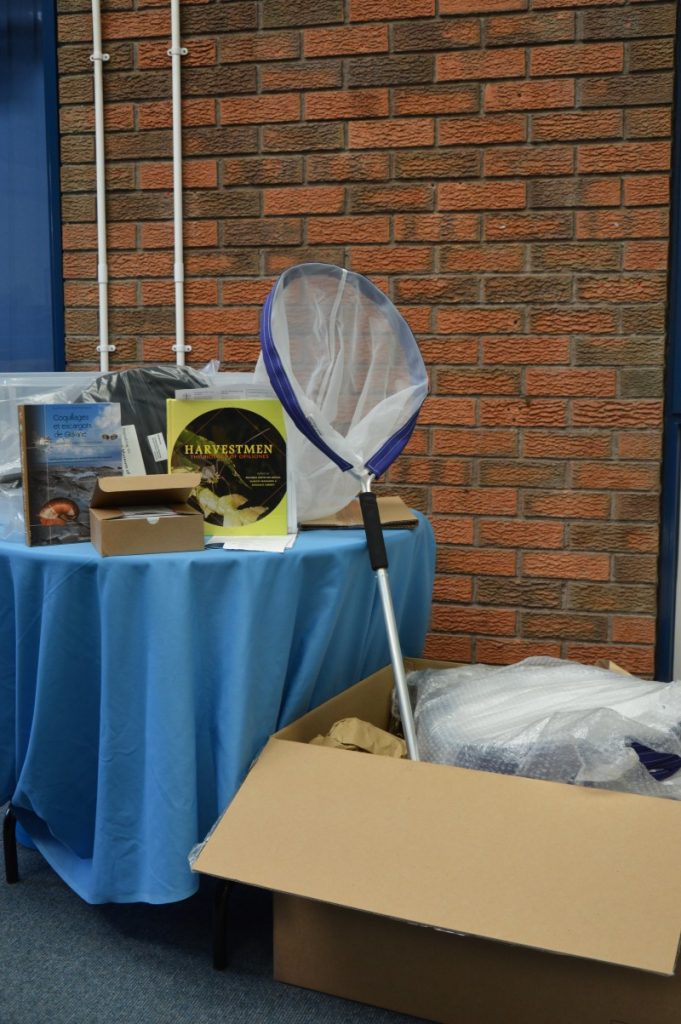

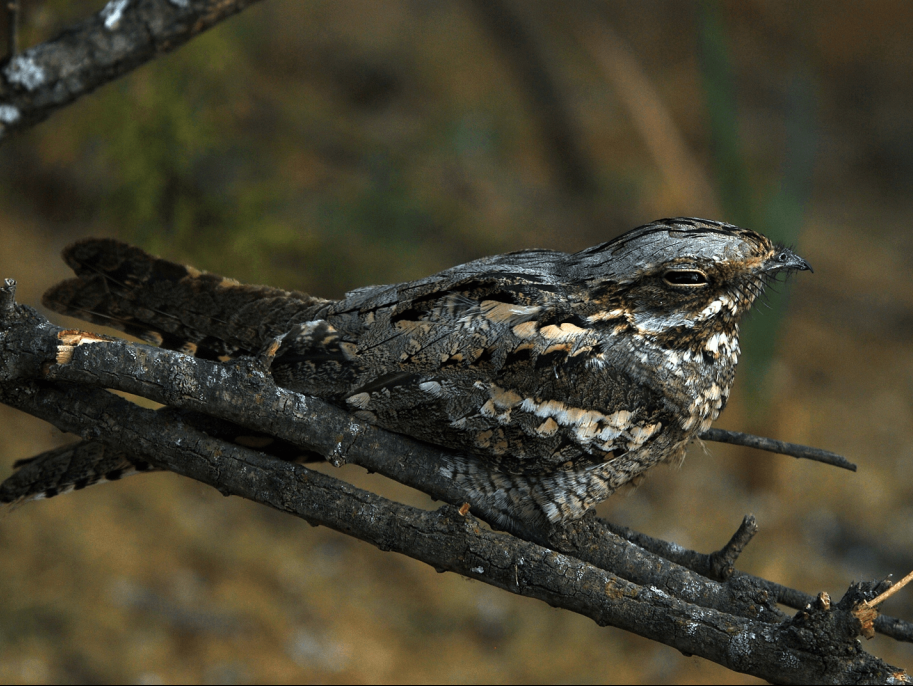
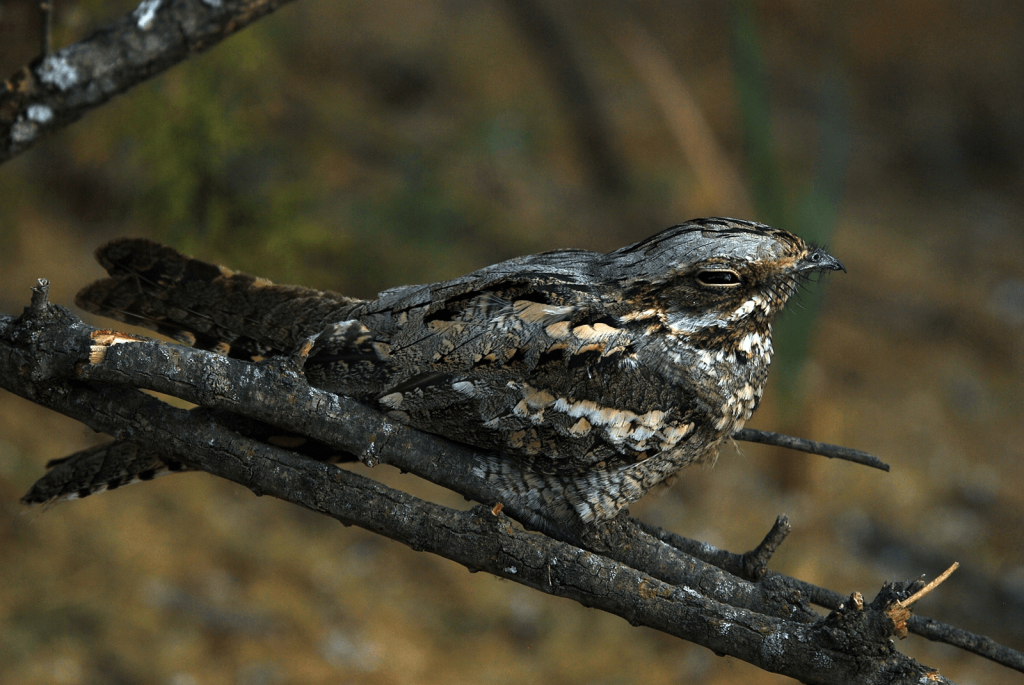





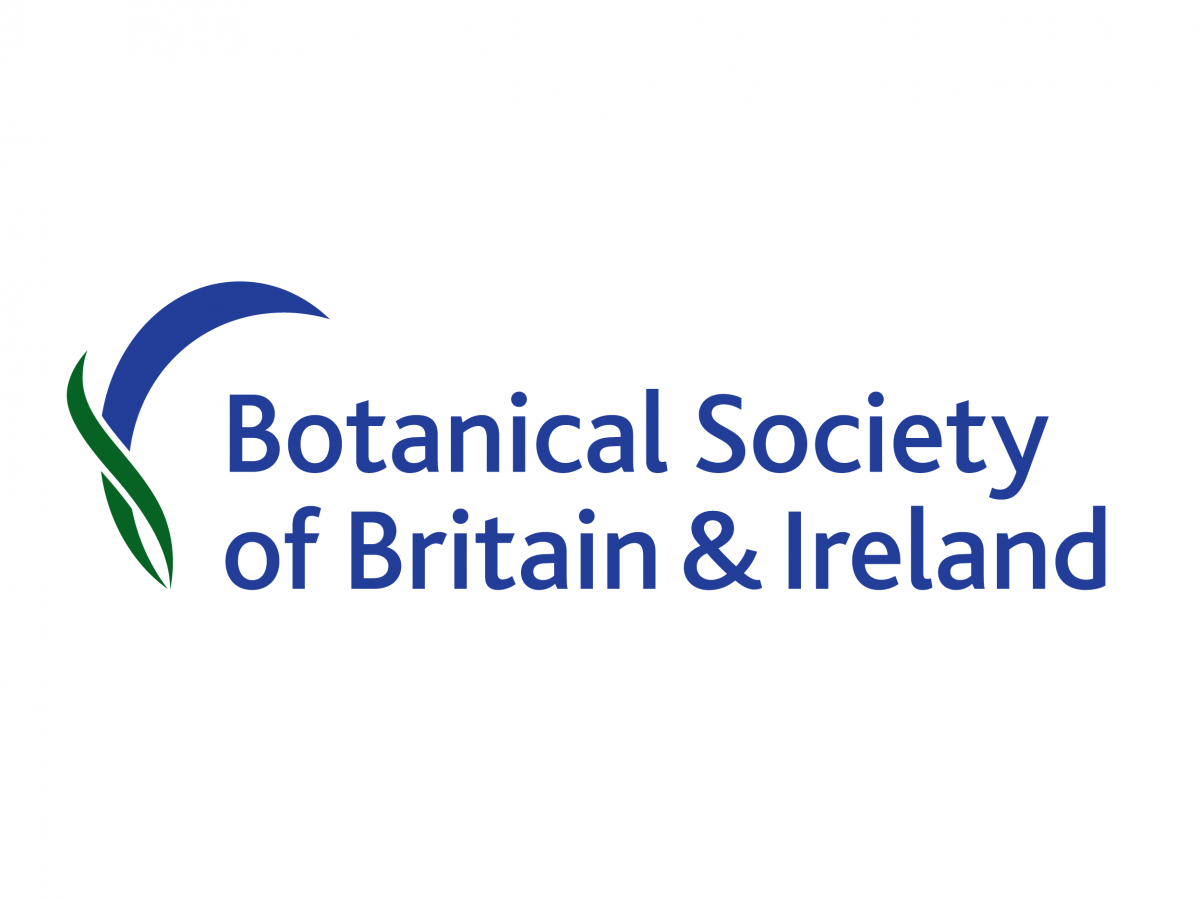
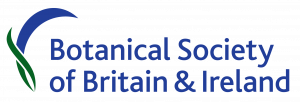
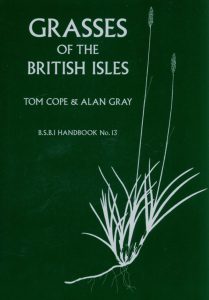
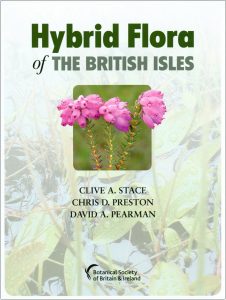
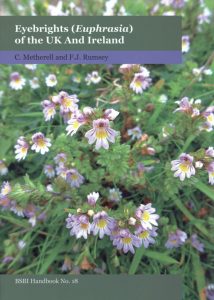
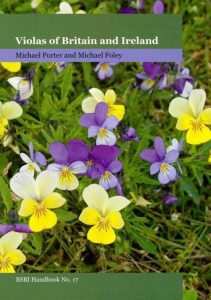
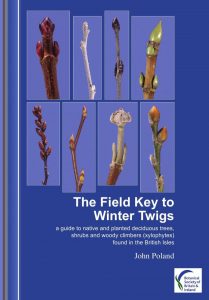
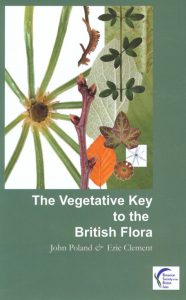
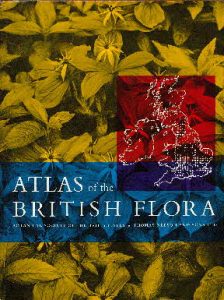 The first atlas of the British and Irish flora was published in 1962. It pioneered the use of ‘dot-maps’ aligned to the OS grid which influence the hundreds of natural history grid-based atlases that followed. Work has already started on a third atlas; Atlas 2020 will be published after fieldwork has been completed in 2019. You can find out more, or even get involved by visiting
The first atlas of the British and Irish flora was published in 1962. It pioneered the use of ‘dot-maps’ aligned to the OS grid which influence the hundreds of natural history grid-based atlases that followed. Work has already started on a third atlas; Atlas 2020 will be published after fieldwork has been completed in 2019. You can find out more, or even get involved by visiting